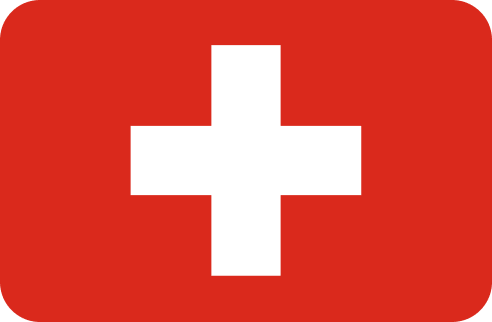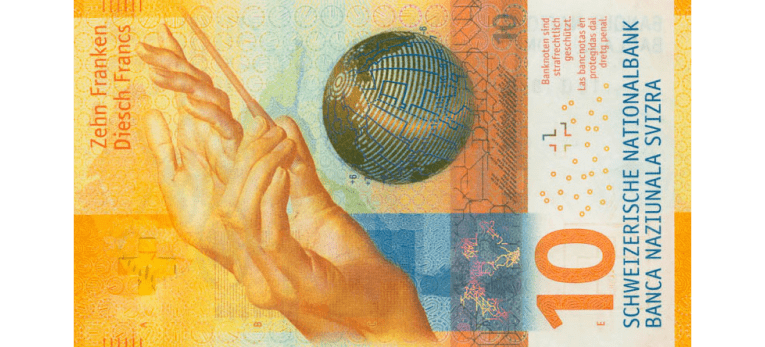Introduce país o moneda de destino:



El franco (CHF) es la moneda oficial de Liechtenstein y de Suiza. Los cantones y semicantones emitieron monedas propias, lo que dio lugar a 860 tipos diferentes hasta la exclusividad del Banco Nacional de Suiza. Es la moneda única desde 1850 y su símbolo es Fr. o SFr.

Los billetes de Suiza y Liechtenstein (CHF) son de seis denominaciones: de 10, 20, 50, 100, 200 y 1000 francos. Sus textos están en los cuatro idiomas oficiales de Suiza: francés, alemán, italiano y romanche. Se fabrican con Durasafe®, un soporte híbrido de polímero y algodón.

En la actualidad, están en circulación monedas de 5, 10, 20 y 50 céntimos, así como de 1 y 2 francos suizos. Hay algunas series conmemorativas bimetálicas que no son de curso legal. Todas son de aluminio y níquel, salvo la de 5, que también incluye aluminio y es cobriza.

Aunque los billetes presenten textos en cuatro idiomas diferentes, las monedas solo tienen inscripciones en latín. Se considera que esta lengua es neutral y que conserva la tradición lingüística reinante en Europa en la antigüedad.

Hay dos territorios limítrofes con Suiza donde es posible utilizar francos: Campione d’Italia (Italia) y Büsingen am Hochrhein (Alemania). Al primero se llega atravesando el lago de Como y el segundo es un territorio alemán rodeado completamente por Suiza.




*Los billetes y monedas corresponden a la serie emitida más nueva y son de referencia. Pueden variar los colores y pueden existir más diseños de los que se muestran.